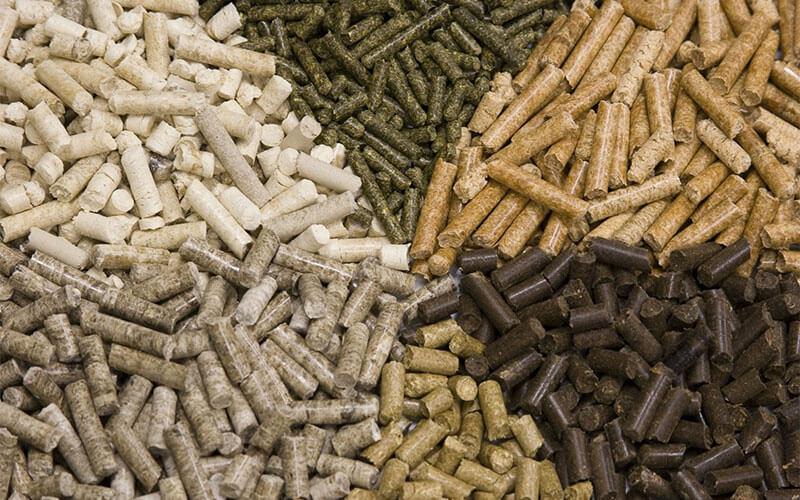Notifications

5 minutes, 10 seconds
-140 Views 0 Comments 0 Likes 0 Reviews

As the demand for clean and sustainable energy continues to rise, wood pellets have become an increasingly popular fuel source for heating and power generation. These small, cylindrical biomass fuels are produced using compressed organic matter, typically wood waste, sawdust, or agricultural residues. However, the quality and efficiency of wood pellets depend heavily on one crucial element—the raw materials used in their production.
At Satyajit Renewable Engineering Pvt Ltd, a leading manufacturer of energy-efficient wood pellet machines, we understand how vital it is to choose the right raw materials. The right input materials not only affect the durability and combustion of the pellets but also enhance the performance of your pellet production system. we highlight the 5 key factors to consider when selecting raw materials for wood pellet manufacturing.
One of the most critical aspects of wood pellet production is the moisture content of the raw material. Ideally, the moisture level should be between 10% to 15%. If the material is too wet, it can lead to inefficient pelletizing, clogs in the wood pellet machine, and inferior-quality pellets that crumble or fail to burn effectively. On the other hand, material that is too dry may not bind properly, causing poor pellet formation.
Tip: Use a dryer or a drying system if your raw material has high moisture levels before feeding it into the pellet machine.
The particle size of your raw material plays a direct role in the pelletizing process. For optimal performance, the material should be ground to a uniform and fine size, generally around 3mm–6mm. Uneven or large particles can result in inconsistent pellets or increased wear and tear on the wood pellet machine.
Using a hammer mill or crusher before the pelletizing process ensures the material is well-prepared and reduces the risk of machine blockages.
Not all wood or biomass types are suitable for pellet production. Softwoods like pine may produce more resin and ash, while hardwoods like oak are denser and yield higher energy pellets. Similarly, agricultural residues may contain high levels of silica or other compounds that affect pellet combustion.
It’s essential to choose clean, uncontaminated biomass that is low in bark, sand, or other impurities. The composition should support smooth processing and result in high-energy output.
Ash content refers to the amount of non-combustible residue left after burning the pellets. A high ash content can cause clinkers in pellet stoves and reduce heating efficiency. Ideally, raw materials should have an ash content below 1% for residential pellets and slightly higher for industrial applications.
At Satyajit Renewable Engineering Pvt Ltd, our advanced wood pellet machines are designed to handle a wide range of low-ash materials, maximizing fuel efficiency and minimizing emissions.
The sustainability and steady supply of raw materials are often overlooked but are crucial for long-term pellet production. Selecting a locally available, renewable biomass source not only ensures consistent pellet output but also reduces transportation costs and environmental impact.
Choose suppliers or materials that are sustainably harvested, such as sawdust from wood processing industries or residues from sustainable forestry operations.
Choosing the right raw materials is the foundation of successful wood pellet production. From moisture and particle size to ash content and sustainability, each factor plays a vital role in producing high-quality pellets that burn efficiently and cleanly.
At Satyajit Renewable Engineering Pvt Ltd, we help you get the most out of your biomass with our robust and efficient wood pellet machines. Whether you're a small business or a large-scale producer, our solutions are tailored to support your journey toward clean energy and sustainability.

